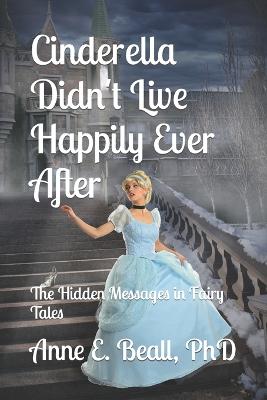Thank you iRead Book Tours for the chance to read and review Cinderella Didn’t Live Happily EverAfter by Anne E. Beall!
Cinderella Didn’t Live Happily Ever After was published by Beall Research, Inc. on the 13th of November, 2018. At 127 pages, it’s a short read, but one that talks about a lot of overarching themes that you see in the Grimm’s fairy tales. It’s a good book for those who are interested in feminist theory and literary criticism.
We’ve all always known that happy ever after is usually not as happy as we imagine it will be. Not just because as we grow older we realise that even the things we do out of love and with the best intentions can fall apart, but as the poem goes, “the world is at least fifty percent terrible, and that’s a conservative estimate.” Cinderella won’t live happily ever after, not because we don’t want her too, but because the numbers don’t add up to a one.
Even though the book is short it’s a really good one that allows a reader to really get a good sense of the major themes they’ll see when reading these fairy tales. It’s also great to see that the analysis is data driven. I won’t go into the statistical significance stuff, because I’m an Econ major who shouldn’t have graduated with a degree in econ, but I do think that they give a good sense of how common certain aspects of these stories are. Anne also includes the number and tables at the end, which I think is a great way to allow a reader to conduct their own analysis and invite further conversation.
While Cinderella Didn’t Live Happily Ever After is a book for people of all ages, I would definitely want to give this to a reader in their teens, just to help them become less afraid of numbers and to show them the way data can be used in literature.
